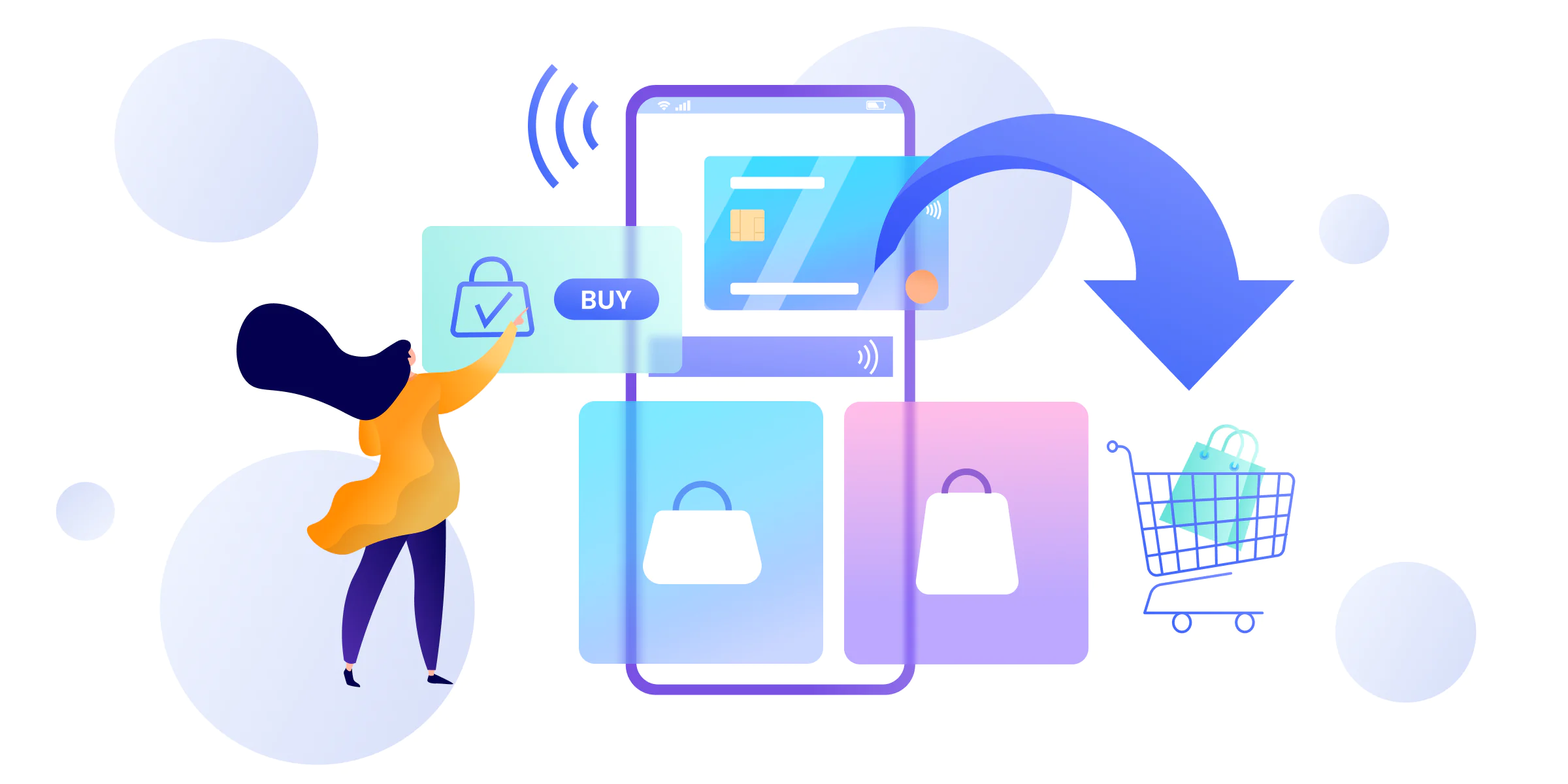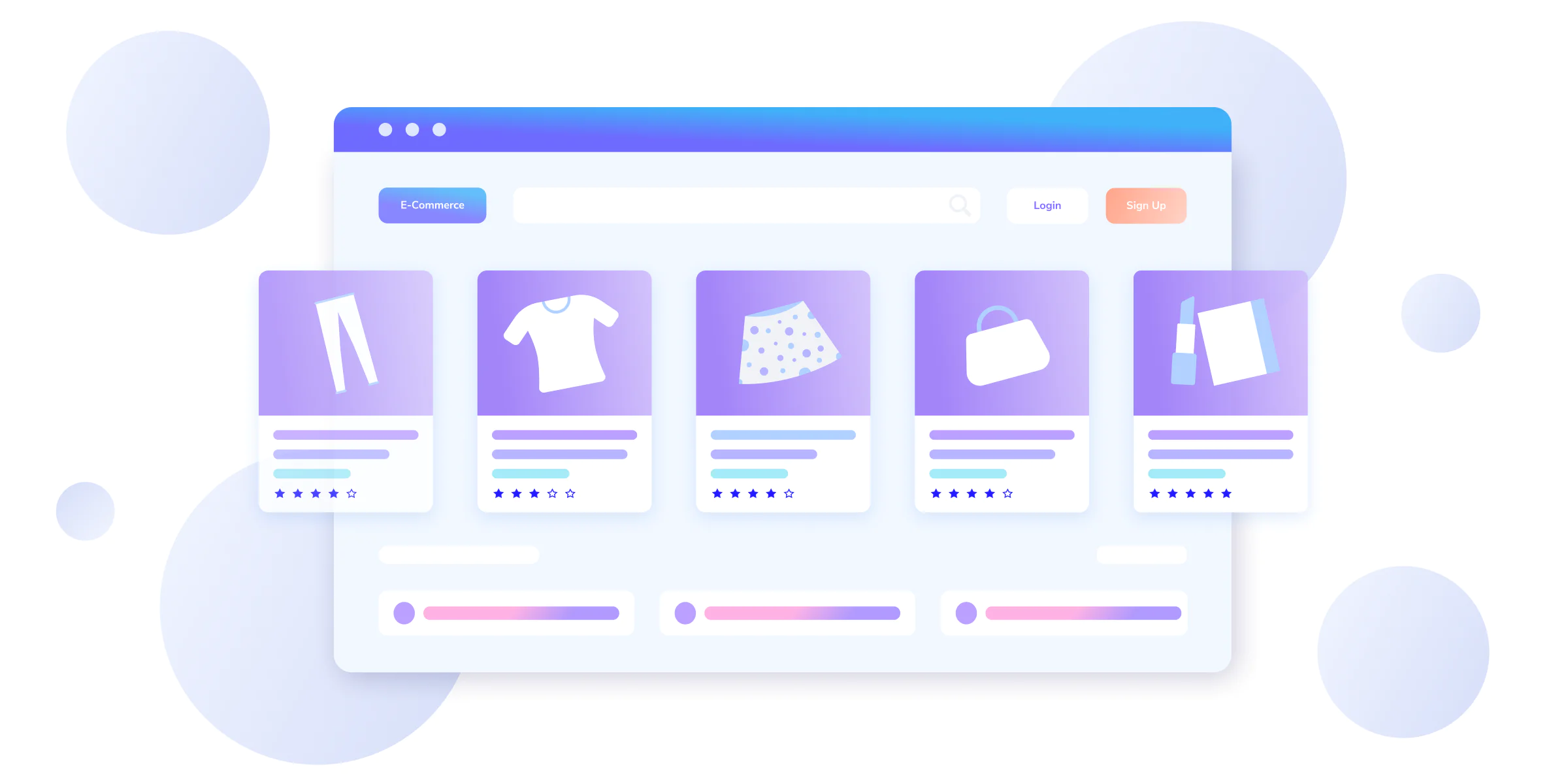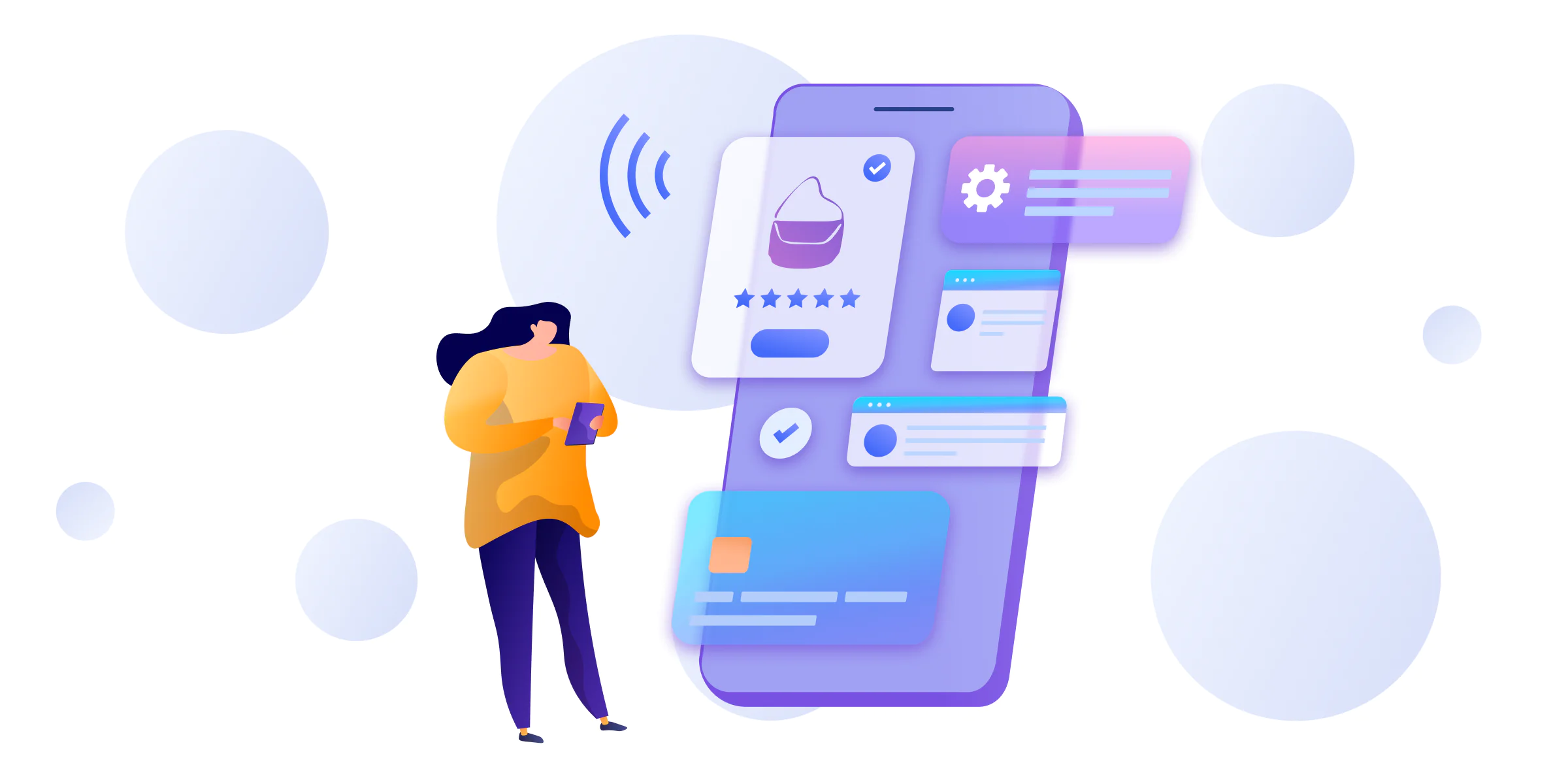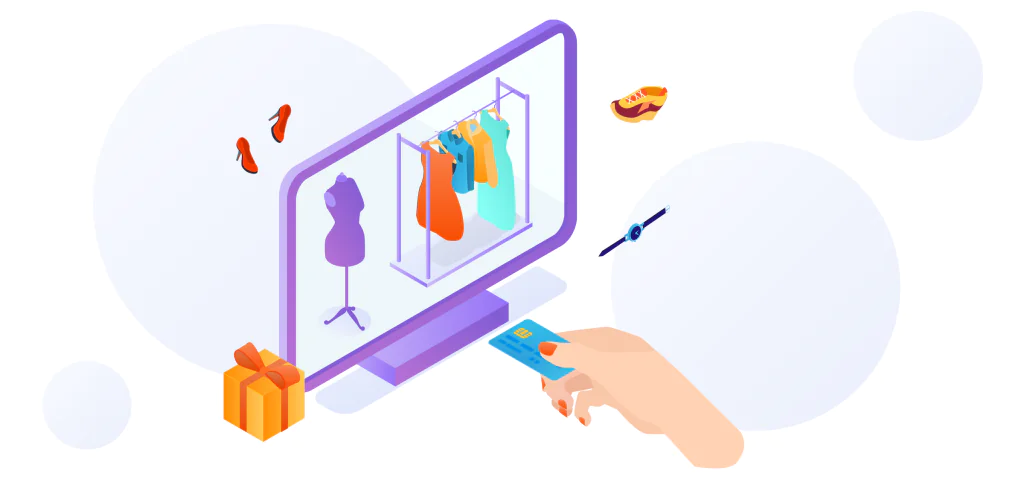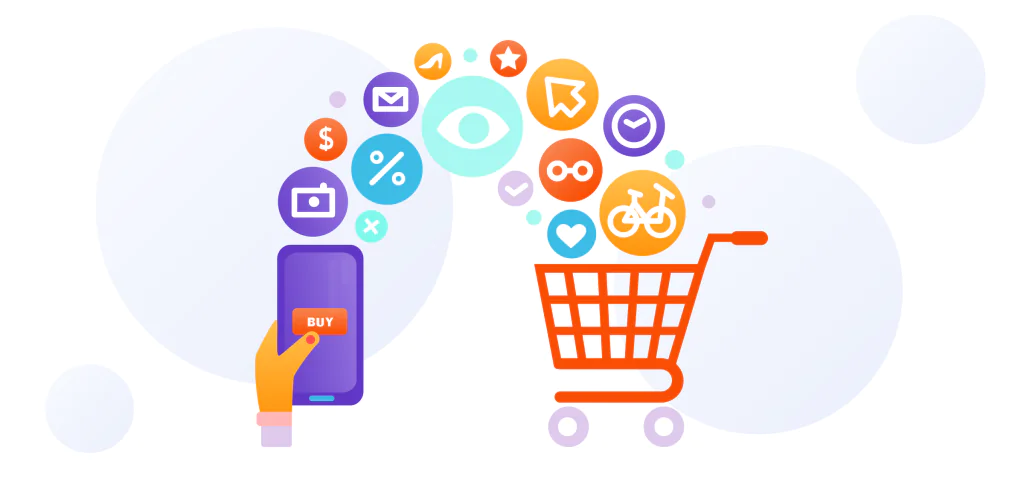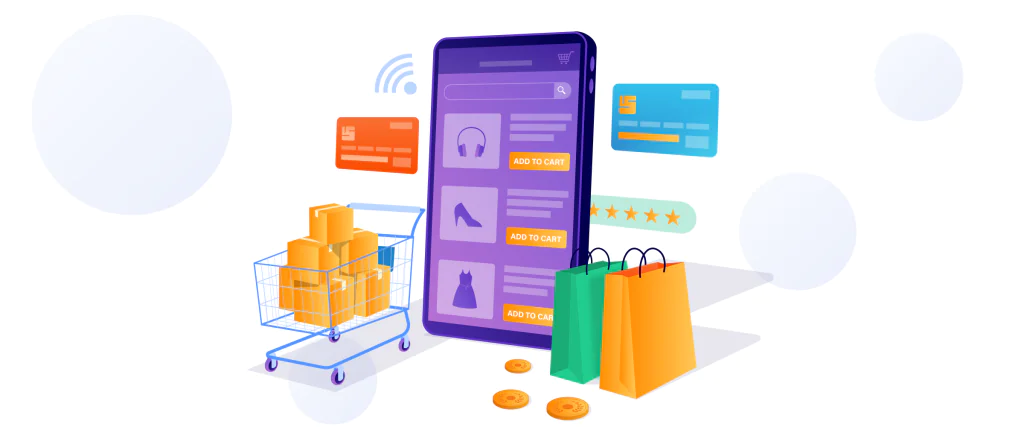Everything is turning online these days, so every business requires web design and development services at some point. People can’t imagine their lives without technology, and the Internet and programming languages are becoming the most important instruments for developing these systems. If you are new to this topic and don’t know how to select the best programming language for your future website or software, just keep reading. We’ll explain the top 7 programming languages you should know about before hiring a custom web development company.

Choosing Web Design and Development Services: Top 7 Programming Languages
JavaScript
JavaScript is the most popular programming language for web developers worldwide, according to a StackOverflow survey. Its popularity is so high that one can say that JS is one of the core components of the modern Web. Note that this technology is so popular and versatile it’s used not only in front-end development. There are also Node.js for back-end development, as well as JS in Adobe Acrobat and Apache CouchDB.
Over 64% of developers today use JavaScript for programming. So, it’s highly likely that any custom web development company will offer this type of service.
The main reasons for the insane popularity of JS are:
- Flexibility.
The main benefit of JS is that it’s implemented by all browsers and is exceptionally versatile. It can be used both at the client and server side in front and back-end development. - Framework libraries.
Extensive framework libraries of JavaScript further increase the flexibility of applications. The most popular among them are React.JS, jQuery, Angular, Express, Vue.js, and Svelte. Using these frameworks makes it possible to create highly complex apps, but their overhead will be reasonably low. - Quick communication.
Another great advantage of JS comes from JavaScript package managers. They enable fast and efficient communication, which helps teams work more productively. - Node.js.
Node.js deserves a separate mention in the JS benefits list because it allows developers to have back-end and front-end code in a single language. Therefore, mastery of JavaScript proves that a custom web development company is able to create an astounding application from the ground up
Your design must solve people’s problems. Therefore, you need to get to know the real people the product will serve.
Python
Python is a programming language that is becoming very popular for eCommerce solution development. The rise of machine learning caused this boost in popularity. Therefore, if you are looking for a provider of web design and development services that will provide you with highly innovative solutions, consider the masters of Python.
This language is both simple and efficient. It’s incredibly flexible as well and has multiple framework libraries. Notably, Python makes it easy to scale apps. Therefore, it’s an excellent option for businesses that are developing fast and want to provide continuous top-level experience to their users.
Developers often appreciate this language for its relative ease. It has English-like syntax, and learning it is probably the fastest compared to other programming languages. It’s one of the reasons why this particular language is often applied in AI development. According to Deloitte analysis (2019), startups that offer AI-powered software increased ROI by $704 million over one year.
Note that Python also makes it easier to identify mistakes in the code. It’s executed line by line. And if a line has a mistake, the system sends out an alert about the issue instead of executing it.
Another significant benefit is that one doesn’t need to write different codes for use on different devices. With Python, only one code can run on any platform. However, remember that there might be platform-specific features that you won’t be able to use this way.
Java
With JavaScript being the most popular programming language for web design and development services, Java might seem obsolete. In fact, it’s common knowledge that experts expect not to see it at the top of programming languages every year.
But Java remains there, and its position is quite firm. Even companies like Google, Netflix, and Amazon are still actively using Java. And it’s highly possible that Java will remain one of the top choices for enterprise-level software development. The main reason for this is security.
It’s a fact that Java is one of the most secure options for software development. According to IBM, data breaches can cost businesses nearly $5 million on average. Of course, any enterprise wants to have the highest security level possible. So, Java is the method they choose to protect their precious data.
Also, Java is a language that doesn’t depend on the platform. Therefore, it’s easy to move Java apps from one platform to another using the Java Virtual Machine. Millions of available libraries further increase the flexibility of development. There are very few things that can’t be created using Java.
Another advantage is that Java is stable as clockwork. It might not be the top trendiest language. However, it’s religiously updated once every six months. Due to this, it’s often jokingly referred to as an ‘immortal language’.
C#
C#, or C-Sharp, is a programming language that enables a custom web development company to create nearly any kind of application you can imagine. It’s a great option for web design and development services if your goals are scalability and integration with other software. That’s an important detail, as applications in C# can easily integrate with other languages.
Microsoft developed this language. Therefore, it receives a lot of top-grade support that’s constantly updated. There is also a ton of literature on this language. So, it’s one of the easiest to learn for a developer. Extensive libraries also make it a lot easier to implement many features.
C# has an advantageous type of safety feature that helps identify and fix mistakes during the development process. When used with the .NET framework, C# allows developers to achieve incredible results. Also, its high level of security makes it a common choice for businesses and enterprises.
This language is one of the most popular for game development today. In particular, it’s the default programming language choice for VR and AR games.
PHP
The first thing you ought to understand about PHP is that it’s a server-side programming language. Therefore, it allows the developer and, by extension, your business to use sessions. Meaning it will process information the server stores about a user and send a response based on it in real time. It’s an important advantage for web design and development services if you want to achieve a high level of personalization.
Note that about 80% of all websites use PHP. So, any custom web development company worth its salt should have expertise in it. There are multiple tools and modules for PHP, which is an open-source language by default. Therefore, this language is highly versatile. It can be used to create static and dynamic websites.
One of the biggest advantages of PHP is that it allows for the speedy creation of web apps. Those apps are also very easy to maintain and upgrade with time. All in all, PHP is a cost-efficient option for those who need to launch their website or application fast. It’s often used in CMS, eCommerce, data analytics, and image processing apps.
Also, note that PHP apps are loading faster compared to others. Therefore, this might be the best option if you plan to launch a web application in a region with slower Internet connections.
TypeScript
First of all, you need to know that TypeScript is a superset of JavaScript. That’s an important thing to consider regarding web design and development services powered by TS. The popularity of TypeScript has been growing over the last few years. It’s not a surprise, as this language gets a lot of support from the giants Microsoft and Google.
The main thing about TypeScript is that it’s a better version of JavaScript with static typing. It allows the detection of a larger number of bugs. So, it makes any code work more efficiently by default. It’s also easier to transfer codes from other languages, like C# or PHP to TS, compared to JS.
Overall, TypeScript can help reduce bugs and is even easier and more intuitive to use for programming. However, there are some coexpression issues between TS and JS. Therefore, while the advantages of TypeScript are many, you should consult your custom web development company on whether this is the best option for your case. It’s important to take into account all pros and cons of this specific language.
But considering its consistently rising popularity. TS could likely become the more cost-efficient option for many businesses.
See how we did it in our case study
View case studyRuby
In terms of choosing a provider of web design and development services, business owners must understand that Ruby programming won’t be cheap. It’s because this programming language isn’t as common as JS, PHP, C#, etc. Therefore, the services of a high-class Ruby developer are expensive.
That said, those services can be a worthy investment for many companies. Ruby is definitely one of the most efficient programming languages there are right now. To give you some idea of how efficient it is, just think that GitHub and Airbnb use it.
At the moment, the Ruby on Rails ecosystem has over 3.5K contributors on GitHub. This programming language is one of the most flexible and secure options. Therefore, it’s a good option for enterprise-level companies that are looking for top quality.
In addition, Ruby also allows for rather fast development. So, enterprises get even more benefits as they can launch their project quickly without compromising quality or security.
Also, bear in mind that Ruby developers are highly paid. The framework itself is open-source. Therefore, it’s possible to find a cost-efficient solution when working with a reliable custom web development company. That’s why many startups also choose to use Ruby for their websites and apps.
Another important advantage is the scalability afforded by Ruby on Rails. It’s one more reason why it’s a good choice for innovative startups that have excellent ideas and expect fast growth.
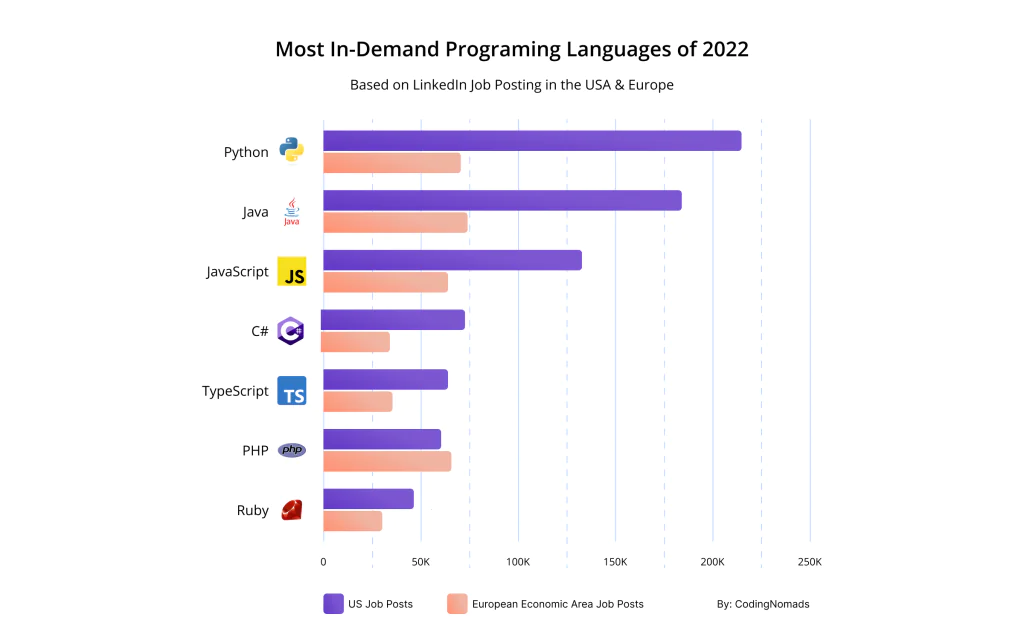
Bottom Line: Top Programming Languages for Web Design and Development Services in 2022
Choosing a programming language for your website or application is something a customer should discuss with your custom web development company. In fact, this is a decision that should be made only after you outline the idea and goals you have. Experienced developers would be able to offer the best options to achieve your specific goals.
Remember that there is no such thing as an ‘ultimate’ programming language for web design and development services. Each option available today, even those not listed here, has many pros and cons. The choice of language should be based on the scope, budget, and purpose of your project.
However, you can be sure of one thing, there is a perfect way to bring any idea to life through custom web development. So, if you want to see your project take form and help grow profits for your business, contact us.
Our highly experienced team of developers has expertise in multiple programming languages. We’ve successfully completed projects in the energy, security, sports, media, beauty, and insurance industries. Our developers have extensive knowledge of back-end and front-end development using different languages. Share your idea with us, and we’ll make it a reality!


